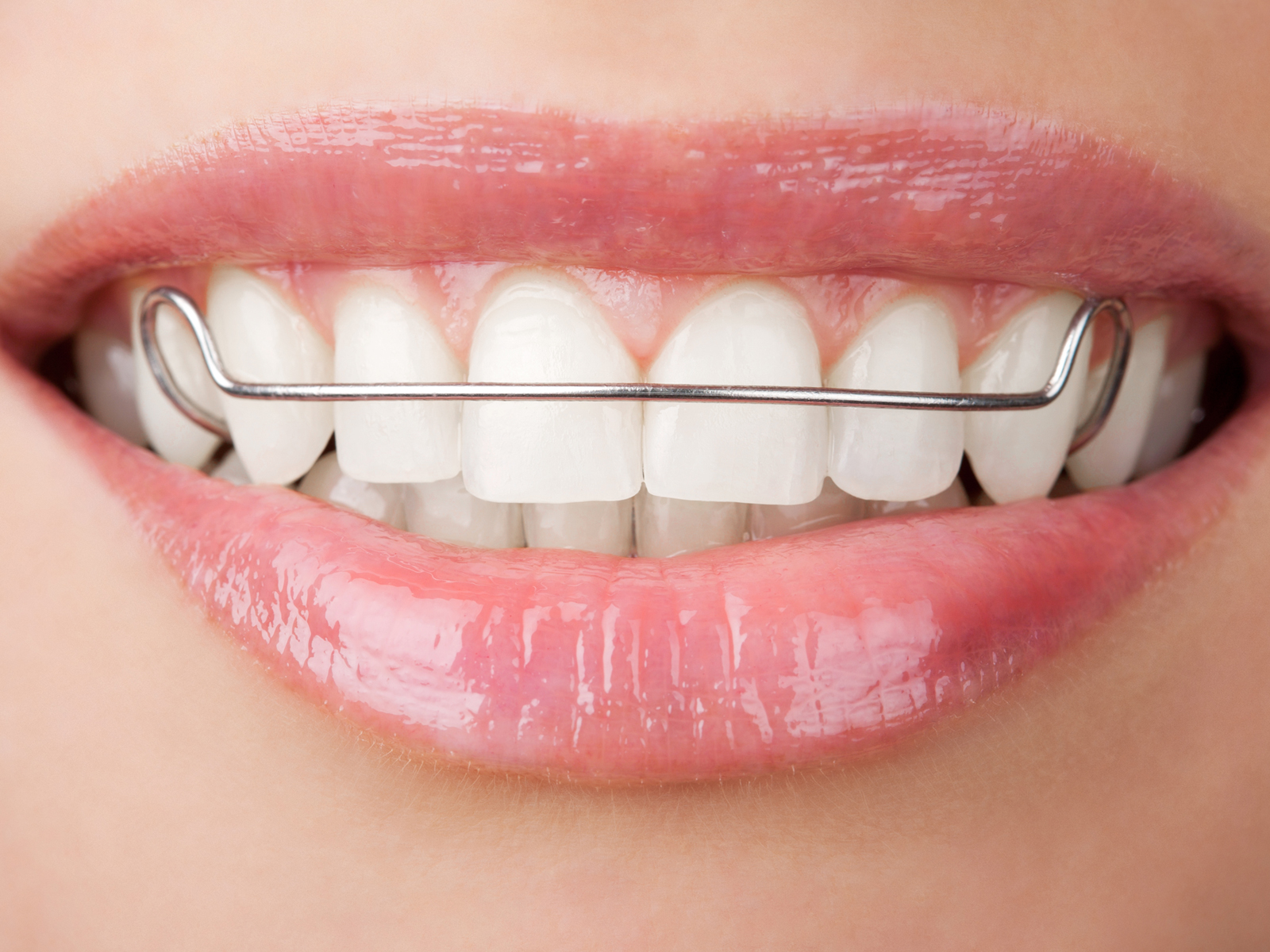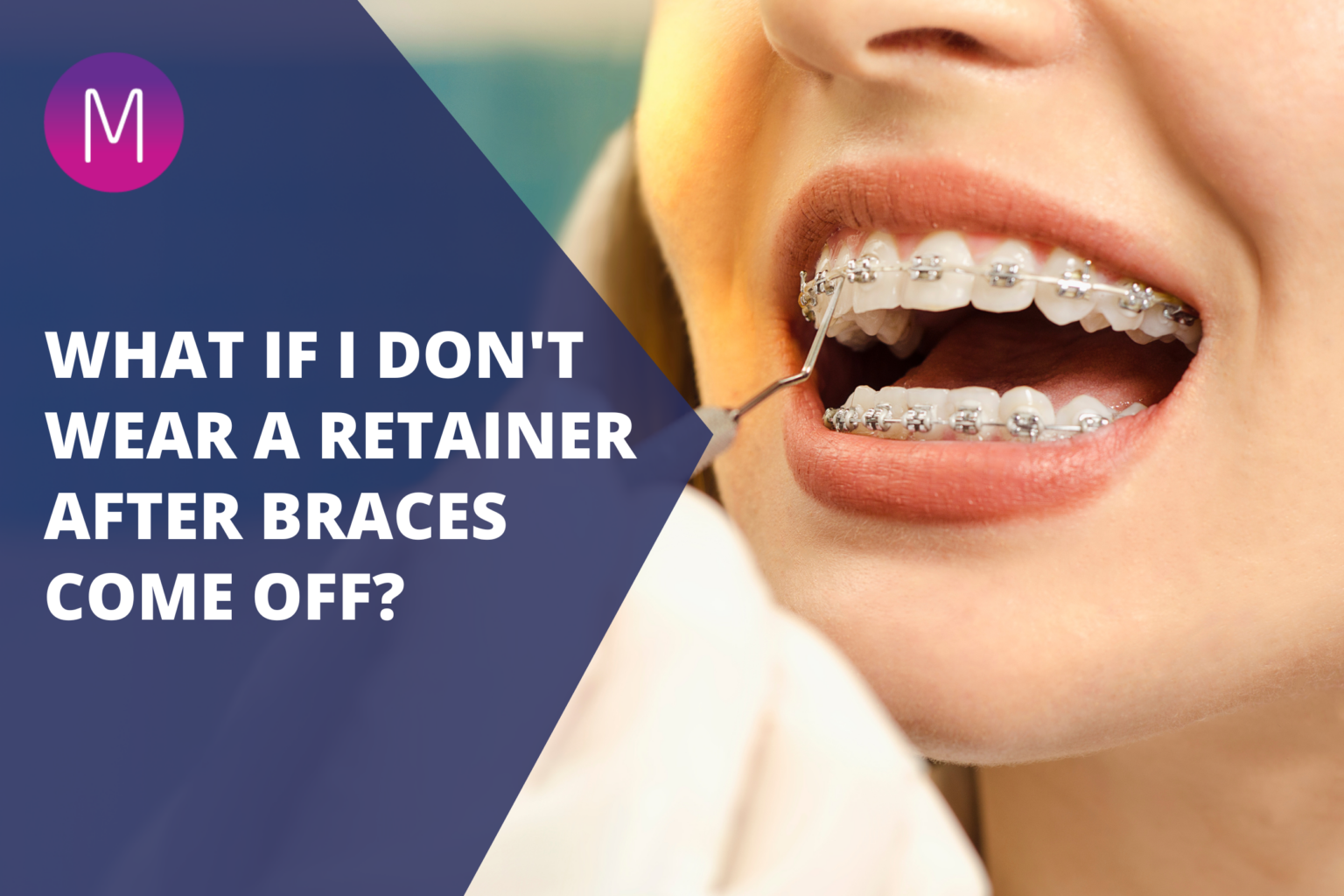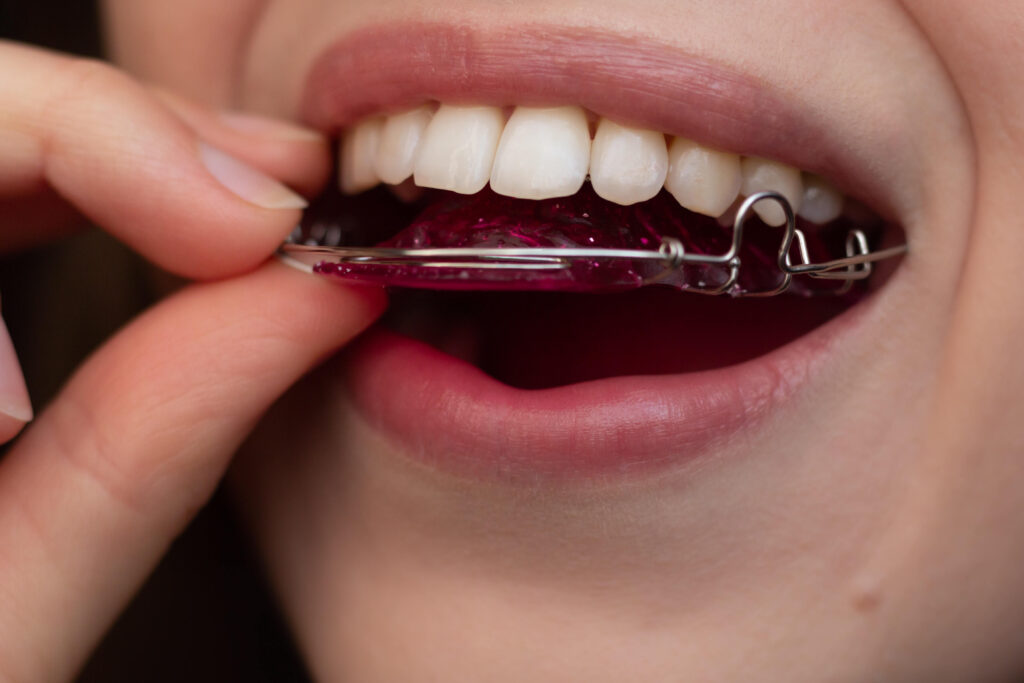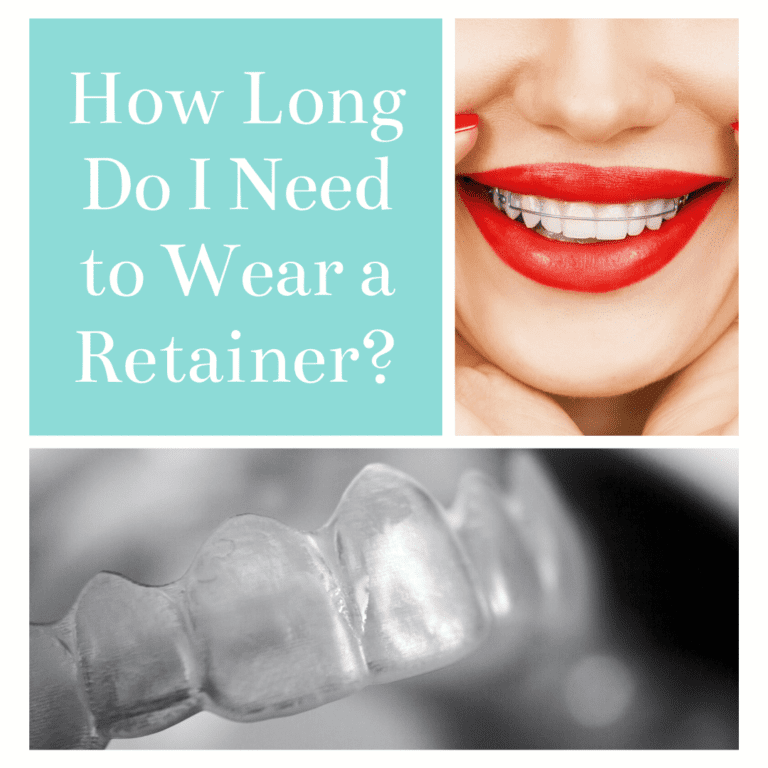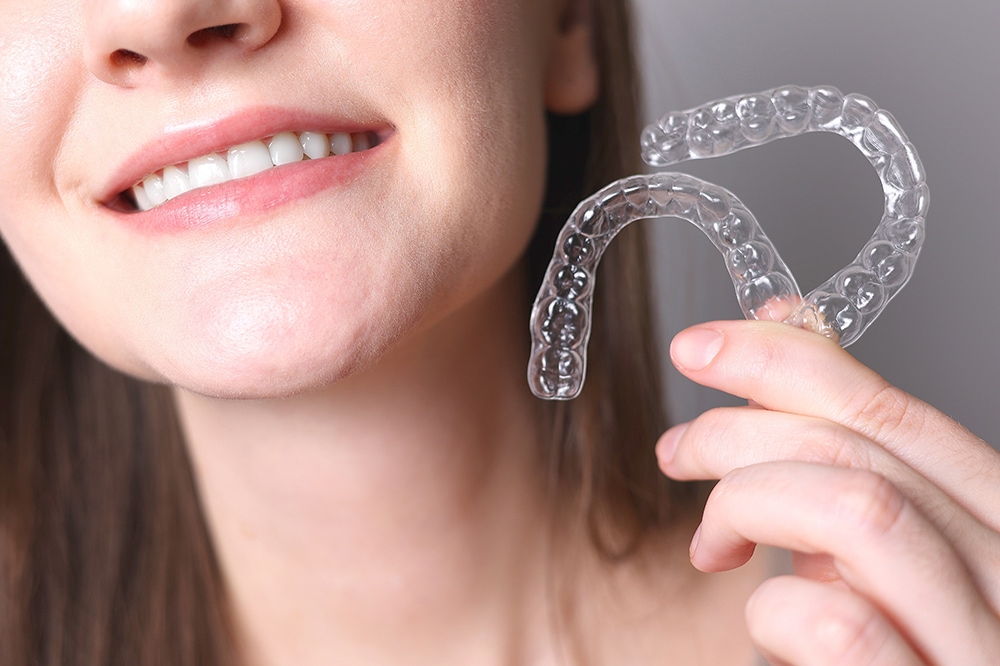If I Wear My Retainer Enough Will It Fit Again

A familiar dread grips many former orthodontic patients: the realization that their retainer, once a perfect fit, now feels tight, uncomfortable, or even impossible to wear. The question echoing in their minds: If I diligently wear it, will it eventually conform back to my teeth?
This article explores the complexities of retainer fit, addressing the crucial question of whether consistent wear can restore the proper fit of a retainer that has become too tight. It will delve into the biological processes at play, the potential for both success and failure, expert opinions from orthodontists, and alternative solutions when regaining the original fit proves elusive.
The Biology of Tooth Movement
Our teeth are not rigidly fixed in the jawbone. Instead, they are anchored by the periodontal ligament, a network of fibers that allows for slight movement.
Orthodontic treatment, including retainer use, relies on this very principle. Applying gentle, sustained pressure encourages bone remodeling, allowing teeth to shift into desired positions.
The Role of Retainers
Retainers serve the vital purpose of maintaining the alignment achieved through braces or aligners. Without consistent retainer wear, teeth naturally tend to relapse, shifting back towards their original positions.
This phenomenon, known as relapse, is a major reason why orthodontists emphasize the importance of long-term retainer wear.
Can Consistent Wear Restore Fit?
The answer, unfortunately, is nuanced and depends on several factors. A slightly tight retainer might regain its fit with consistent wear, particularly if the teeth have only shifted minimally.
However, attempting to force a severely ill-fitting retainer can be detrimental. It could cause pain, damage the retainer, or even lead to unintended and potentially harmful tooth movement.
Dr. Emily Carter, a board-certified orthodontist with over 15 years of experience, explains, "If a retainer is only slightly tight, consistent wear, along with proper oral hygiene, may help it seat properly again. But if the retainer feels significantly uncomfortable or causes pain, it's crucial to consult with your orthodontist immediately."
When It Might Work
If the teeth have shifted only slightly, wearing the retainer consistently, usually starting with shorter durations and gradually increasing wear time, might encourage them to move back into the retainer's original shape.
This process can take several days or even weeks, requiring patience and careful monitoring.
When It Won't Work (and Why)
If substantial tooth movement has occurred, the retainer will likely not fit correctly no matter how diligently it is worn. The bone and soft tissues surrounding the teeth will have adapted to the new positions.
Forcing a retainer in such cases can lead to root resorption (shortening of the tooth roots), gum recession, or even tooth loosening.
Moreover, retainers are made of materials with a specific lifespan and can deform over time. A warped or damaged retainer cannot effectively guide teeth back into alignment, regardless of wear time.
Expert Opinions and Recommendations
The consensus among orthodontists is that self-treating with a poorly fitting retainer is generally discouraged. The potential risks often outweigh the benefits.
The American Association of Orthodontists (AAO) strongly recommends consulting with an orthodontist if a retainer feels uncomfortable or no longer fits properly.
Dr. David Lee, another experienced orthodontist, warns, "Patients often try to 'tough it out' with a tight retainer, thinking they can realign their teeth themselves. This can lead to more significant problems and ultimately require more extensive and costly treatment."
Alternative Solutions
If a retainer no longer fits, several alternative solutions are available.
The first step is always to schedule an appointment with your orthodontist for an evaluation.
- New Retainer: The orthodontist can take new impressions and fabricate a new retainer that accurately fits your current tooth alignment.
- Limited Orthodontic Treatment: In cases of significant relapse, a short course of braces or aligners might be necessary to reposition the teeth before a new retainer is made.
- Minor Adjustments: In some cases, the orthodontist can make minor adjustments to the existing retainer to improve the fit.
The Importance of Preventative Measures
The best way to avoid retainer fit issues is to adhere strictly to your orthodontist's instructions regarding wear time. Even after years of successful retention, periodic check-ups with your orthodontist are recommended to ensure proper fit and function.
Proper retainer care, including cleaning and storage, also contributes to its longevity and effectiveness.
Consistent retainer wear is key to long-term orthodontic success.
Conclusion
While consistent wear might help a slightly tight retainer regain its fit, attempting to force a severely ill-fitting retainer is strongly discouraged. Consulting with an orthodontist is crucial to assess the situation and determine the most appropriate course of action.
Prioritizing preventative measures, such as consistent wear and proper retainer care, remains the most effective strategy for maintaining a straight and healthy smile long after orthodontic treatment is complete. Ignoring the signs of a poor fit can lead to further complications and potentially more extensive treatment in the future.
